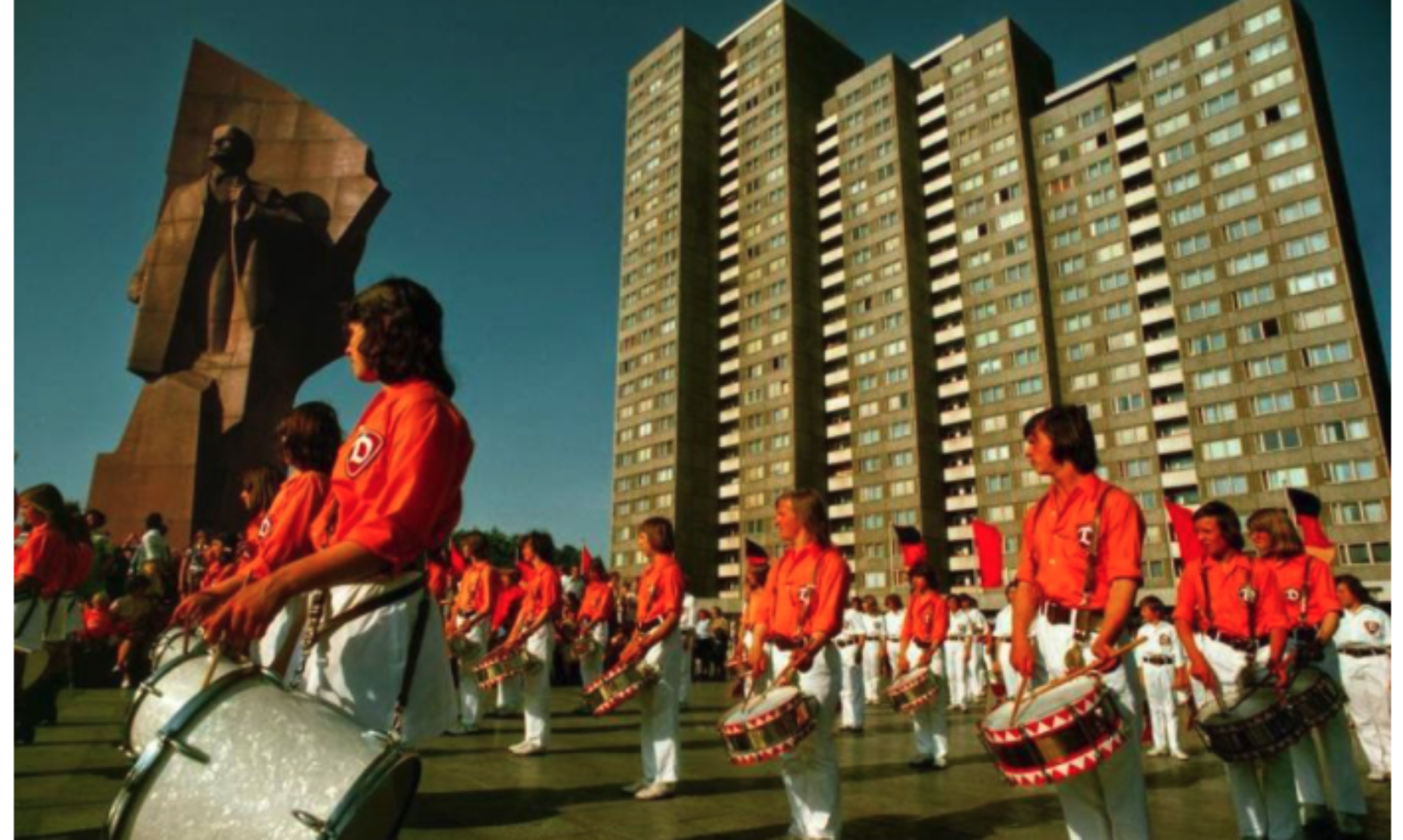In Chapter 7 of Sheffer’s book, we read how the ever increasing border measures, security protocols, and crackdowns on crossings inspired even more border activity out of fear. We also learned that in some cases, those who handled matters a bit to harshly could also frighten some individuals into crossing. However, by page 167 in Chapter 8, she highlights how East Germans who grew up after WWII, with the border seemingly always there, tended to be more tolerant of the repressive conditions seen in the East. Specifically, it is stated,
“A second generation of borderland residents, one that had been socialized and educated in divergent German states, increasingly saw life on the boundary as normal. So despite widespread dissent on the eastern side, daily activities buttressed the border regime, from patrolling to reporting transgressors. Despite widespread opprobrium on the western side, daily complacency and estrangement reinforced the divide, from border images and tourism to cross-border travel.”
This likely saw increased cooperation amongst this generation later during the Cold War, as they did not know what Germany, and by extension, Europe as well, was like prior to the conclusion of WWII and the fall of the Third Reich (as far as freedom of travel is concerned). This generation would comprise a large part of the overall human resource employed by the GDR and other Warsaw Pact nations later on in the Cold War. Those born between 1944 and 1961 would be somewhere between the ages of 28 and 45 at the time the Berlin Wall comes down in 1989, making them the key age demographic for both low level informants and officials and intermediate level administrative officials in the decades leading up to the end of the Cold War. Their childhoods had a large effect on making them different from those who came before who were more willing, and in many cases incredibly eager, to leave the East far behind. The question is how much of this was due to the propaganda, educational structure, and government policies of the GDR and how much of it was simply the fact that the division was there and many wanted to make the bet of it for themselves and their families? It is an interesting look into the role the East-West division had but in two very different ways.
